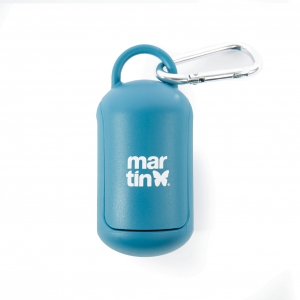
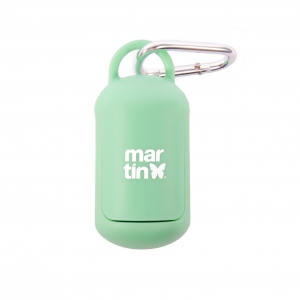
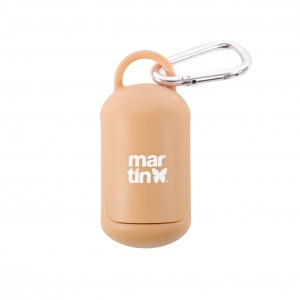
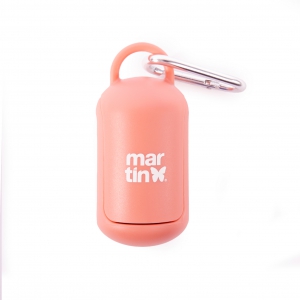
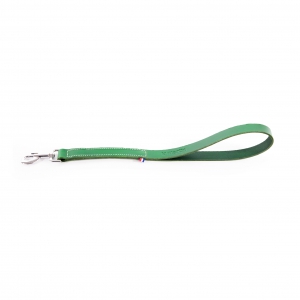
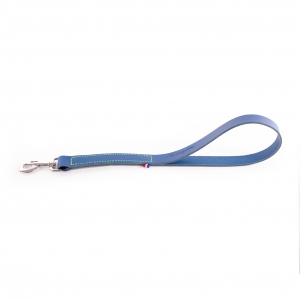
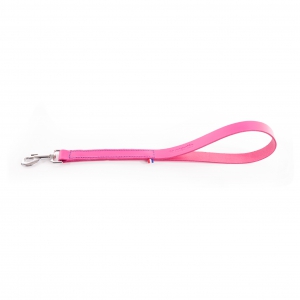
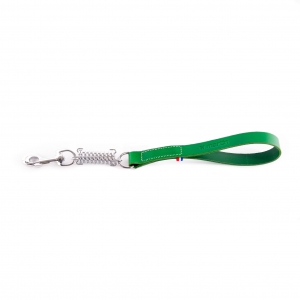
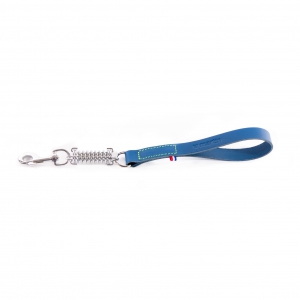

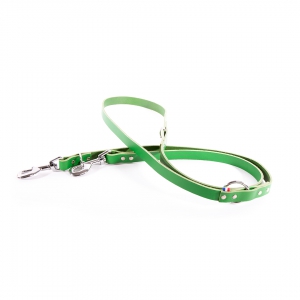
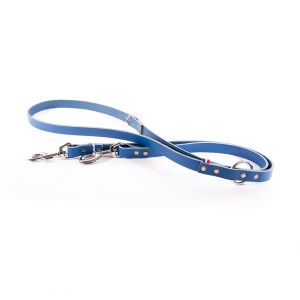
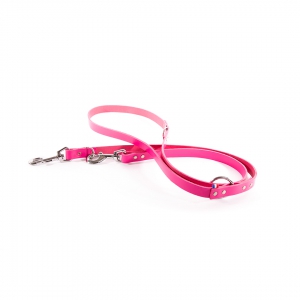
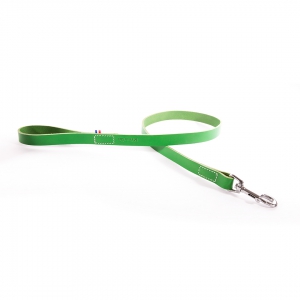
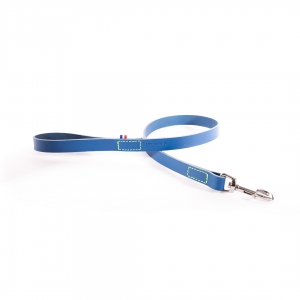
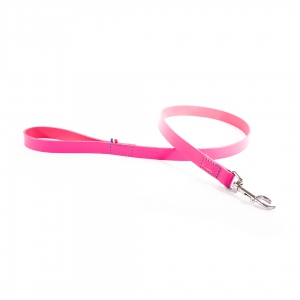
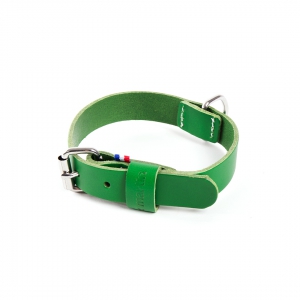
There are several essential pieces of equipment needed to walk a dog safely.
Video "Minute Papillon" by Martin: "How to Have the Best Walk for My Dog?"
First and foremost, it's essential to differentiate between hygienic walks, which primarily serve to meet dogs' physiological needs, and other types of outings (group or individual walks). Hygienic walks should take place several times a day to allow dogs to urinate and defecate. However, even though these outings are frequent, they do not suffice to address other important needs of the animal, such as socialization, physical activity, and mental exploration.
Every dog needs daily walks, whether you have a yard or not. A quality walk should be adapted to your dog's pace, age, and physical condition. It is recommended to use a leash that is 3 to 5 meters long in the city and 10 to 15 meters long in the forest or fields, preferably with a Y or H-shaped harness or a flat collar. Puppies need shorter, more frequent walks of about 15 minutes, while an adult dog should have longer, less frequent walks, ideally at least 45 minutes per day.
Understanding your dog's various needs is crucial:
Social and Mental Needs: Dogs require interactions with other dogs of different sizes, breeds, body shapes, and ages. It is essential never to force a dog to approach other dogs but rather to respect their choice, observe them, and listen to them. Group walks are ideal for meeting this need.
Exploration Needs: Exploration is essential for dogs as it allows them to understand the world around them, learn new things, and stimulate their minds. Allowing your dog to sniff during walks enables them to gather information, communicate, and strengthen bonds. Both group and individual walks provide opportunities for exploration.
Physical Needs : The duration, distance, and intensity of walks should be adapted according to your dog's endurance and physical needs. Physical activities are essential to maintain your dog's health and influence their behavior.
It is crucial to remember that each walk should be designed to meet your dog's specific needs. Therefore, it is essential to adapt to your dog to ensure that their essential needs are met.

To improve your browsing experience, we use cookies.
What are cookies used for?
Cookies are small files stored on your device when you visit a website. Cookies make it possible to activate essential functions of the site, to produce audience statistics and studies to improve our offers, to personalize your experience and to prevent risks. of fraud.
Is it essential?
Some cookies are essential and others are less so. But all of them contribute to making your navigation more harmonious and to your taste.
If I accept, can I still change my mind?
Yes, your choice will be applied and kept for a maximum of 13 months. You can modify your choices at any time by using the "Cookie management" link at the bottom of the page.
You can review your choices at any time by using the link “Cookie management‼/a> en footer of the site.
Click on each category to accept or refuse the use of cookies.
YOU AUTHORIZE:
- Functional (Required)
These necessary cookies help make a website usable by enabling basic functions like page navigation and access to your account. The website cannot function properly without these cookies. They cannot be disabled.